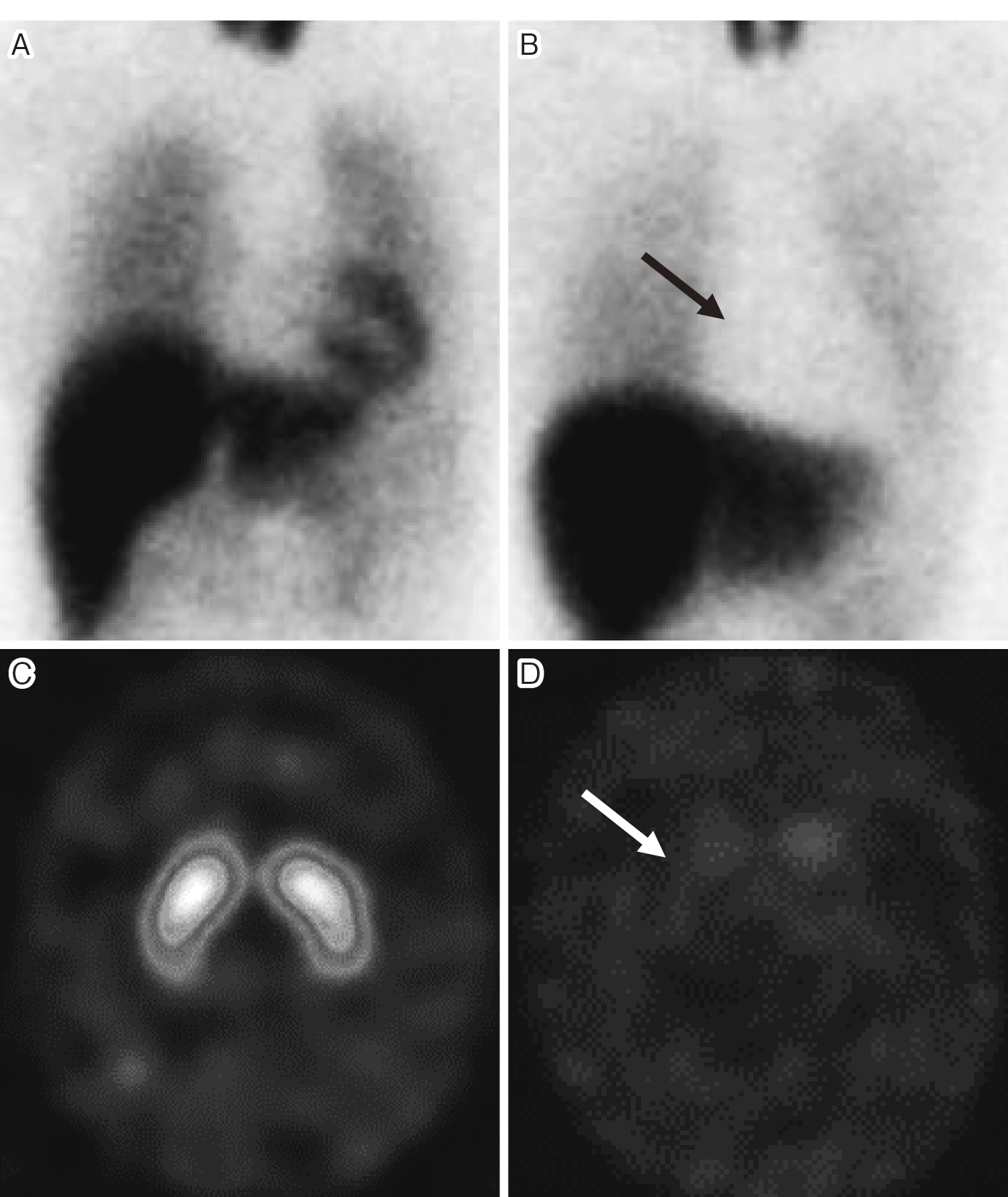3 0 0 0 OA Lewy body constipation
- 著者
- Ryuji Sakakibara Hirokazu Doi Shin Fukudo
- 出版者
- The Japan Society of Coloproctology
- 雑誌
- Journal of the Anus, Rectum and Colon (ISSN:24323853)
- 巻号頁・発行日
- vol.3, no.1, pp.10-17, 2019-01-25 (Released:2019-01-29)
- 参考文献数
- 46
- 被引用文献数
- 2 23
We systematically reviewed literature regarding "Lewy body constipation", i.e., constipation due to Lewy body diseases (LBD), with minimal neurologic symptoms. Epidemiology and pathology studies showed that LBD can start with constipation alone, mostly due to neuronal loss and appearance of Lewy bodies in the myenteric plexus. Because LBD significantly increases with age, "Lewy body constipation" may also increase with age. Neuroimaging methods such as metaiodobenzylguanidine (MIBG) scintigraphy and dopamine transporter (DAT) scan provide a way to detect "Lewy body constipation." Key for "Lewy body constipation" includes minimal non-motor features such as REM sleep behavior disorder (night talking). Add-on therapy may be required to ameliorate constipation in patients. Diagnosis is not always easy; therefore, collaboration of gastroenterologists and neurologists is highly recommended to maximize patients' quality of life. In conclusion, "Lewy body constipation" might become a distinct category among geriatric constipation, regarding patients' follow-up and their management.
- 著者
- Michiko Kano Lukas Van Oudenhove Patrick Dupont Tor D. Wager Shin Fukudo
- 出版者
- Tohoku University Medical Press
- 雑誌
- The Tohoku Journal of Experimental Medicine (ISSN:00408727)
- 巻号頁・発行日
- vol.250, no.3, pp.137-152, 2020 (Released:2020-03-03)
- 参考文献数
- 124
- 被引用文献数
- 3 8
When patients present with persistent bodily complaints that cannot be explained by a symptom-linked organic pathology (medically unexplained symptoms), they are diagnosed with ‘functional’ somatic syndromes (FSS). Despite their prevalence, the management of FSS is notoriously challenging in clinical practice. This may be because FSS are heterogeneous disorders in terms of etiopathogenesis. They include patients with primarily peripheral dysfunction, primarily centrally driven somatic symptoms, and a mix of both. Brain-imaging studies, particularly data-driven pattern recognition methods using machine learning algorithms, could provide brain-based biomarkers for these clinical conditions. In this review, we provide an overview of our brain imaging data on brain-body interactions in one of the most well-known FSS, irritable bowel syndrome (IBS), and discuss the possible development of a brain-based biomarker for FSS. Anticipation of unpredictable pain, which commonly elicits fear in FSS patients, induced increased activity in brain areas associated with hypervigilance during rectal distention and non-distention conditions in IBS. This was coupled with dysfunctional inhibitory influence of the medial prefrontal cortex (mPFC) and pregenual anterior cingulate cortex (pACC) on stress regulation systems, resulting in the activated autonomic nervous system (ANS) and neuroendocrine system stimulated by corticotropin-releasing hormone (CRH). IBS subjects with higher alexithymia, a risk factor for FSS, showed stronger activity in the insula during rectal distention but reduced subjective sensitivity. Reduced top-down regulation of the ANS and CRH system by mPFC and pACC, discordance between the insula response to stimulation and subjective sensation of pain, and stronger threat responses in hypervigilance-related areas may be a candidate brain-based biomarker.
